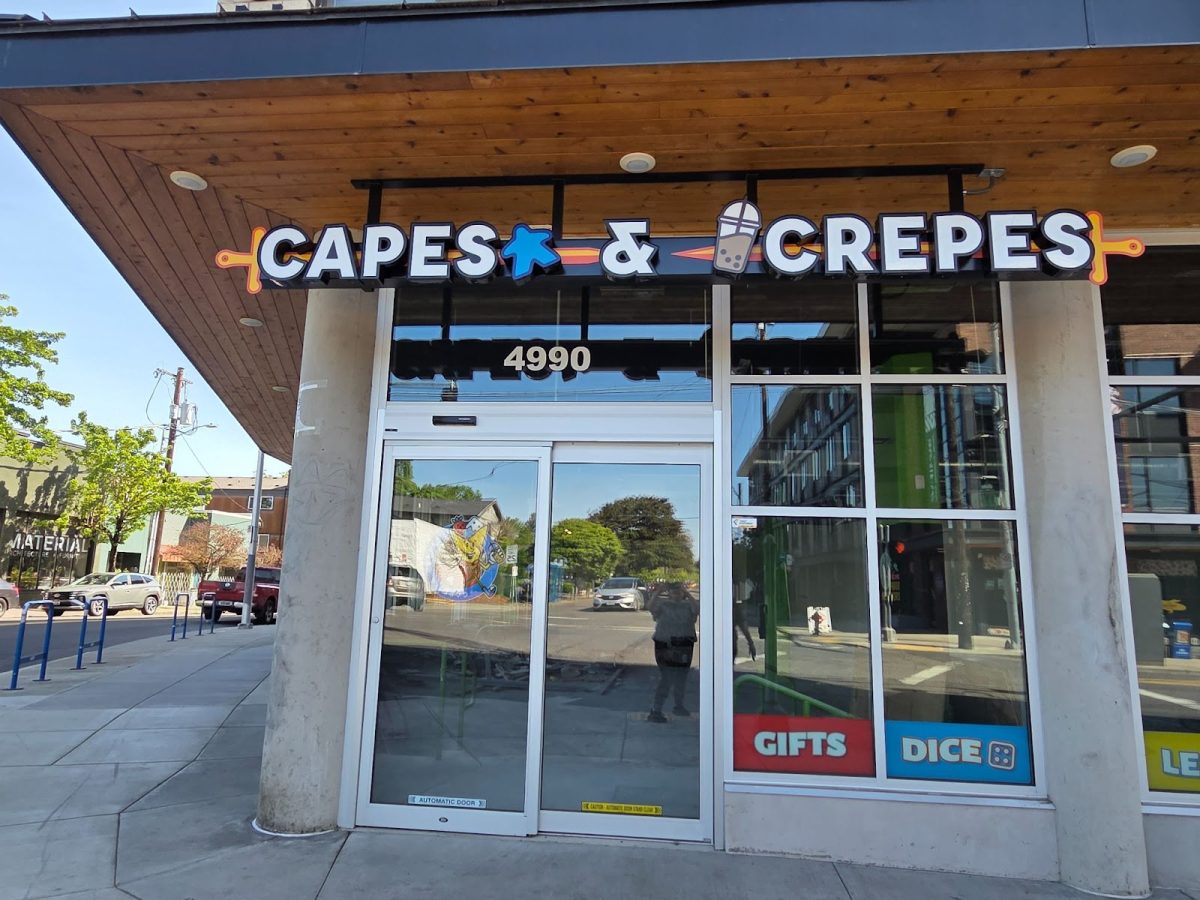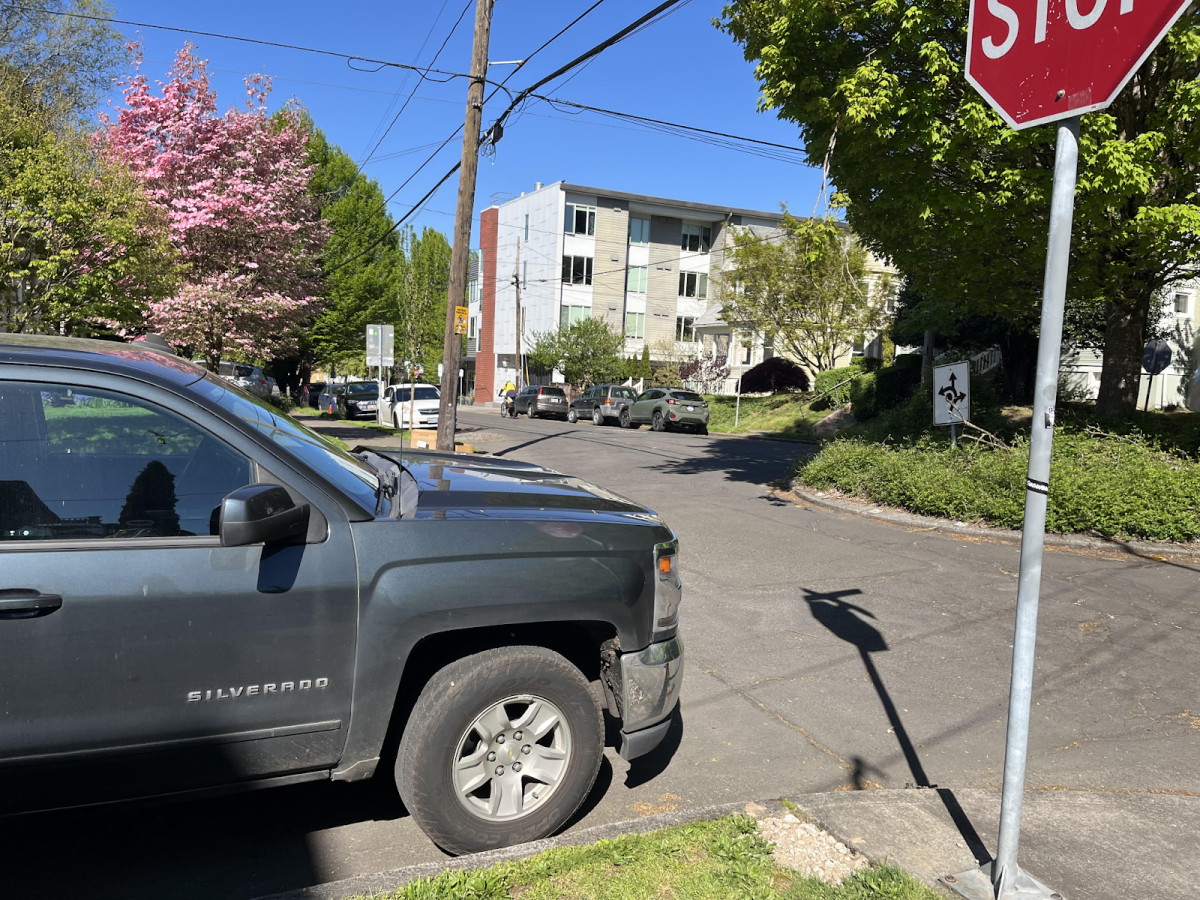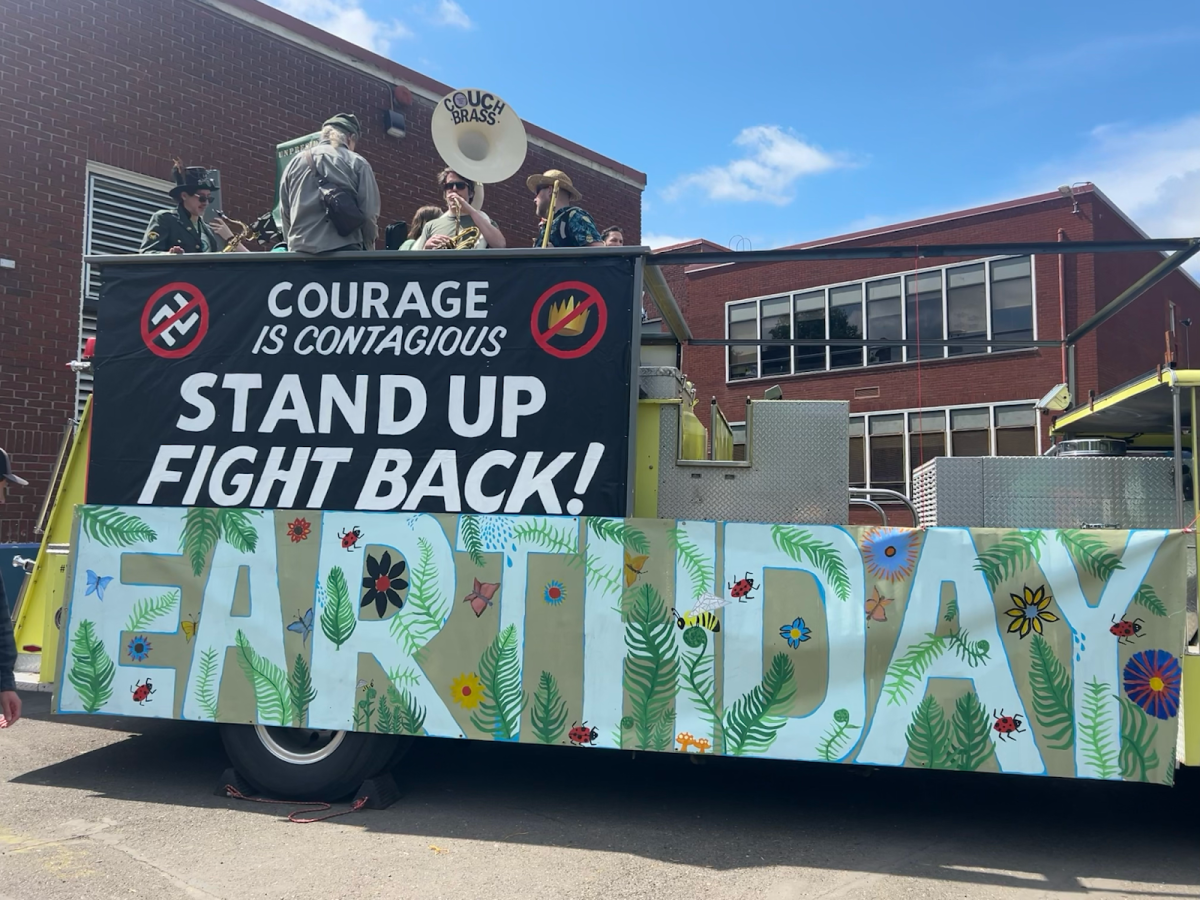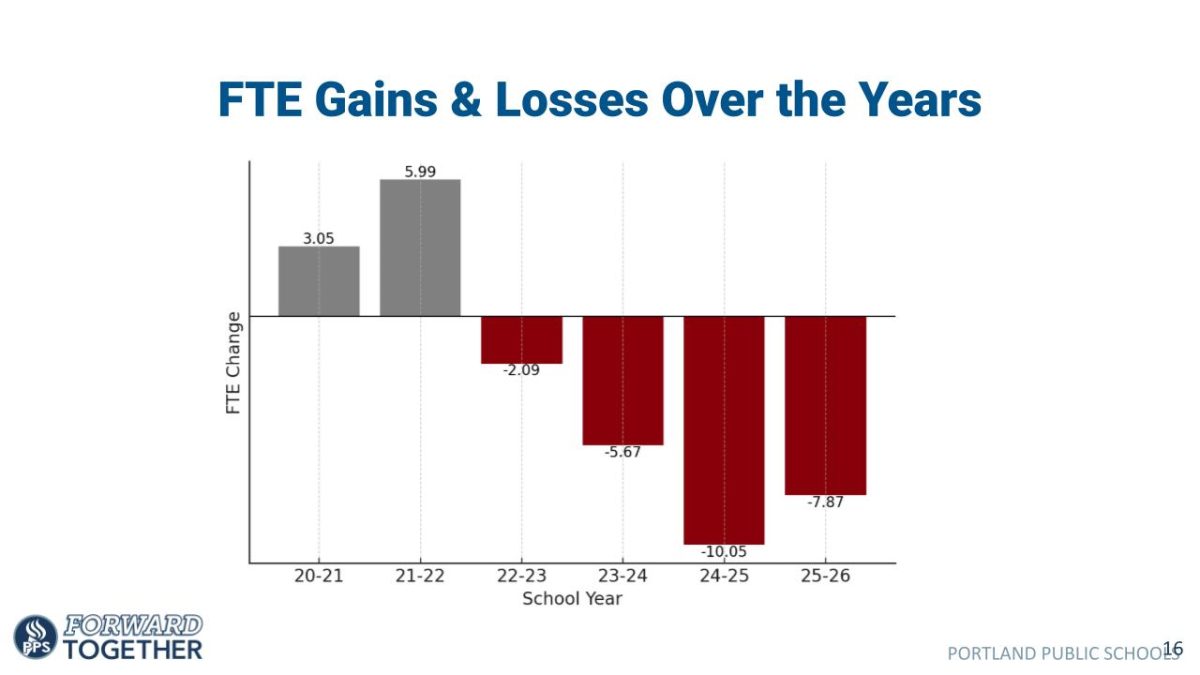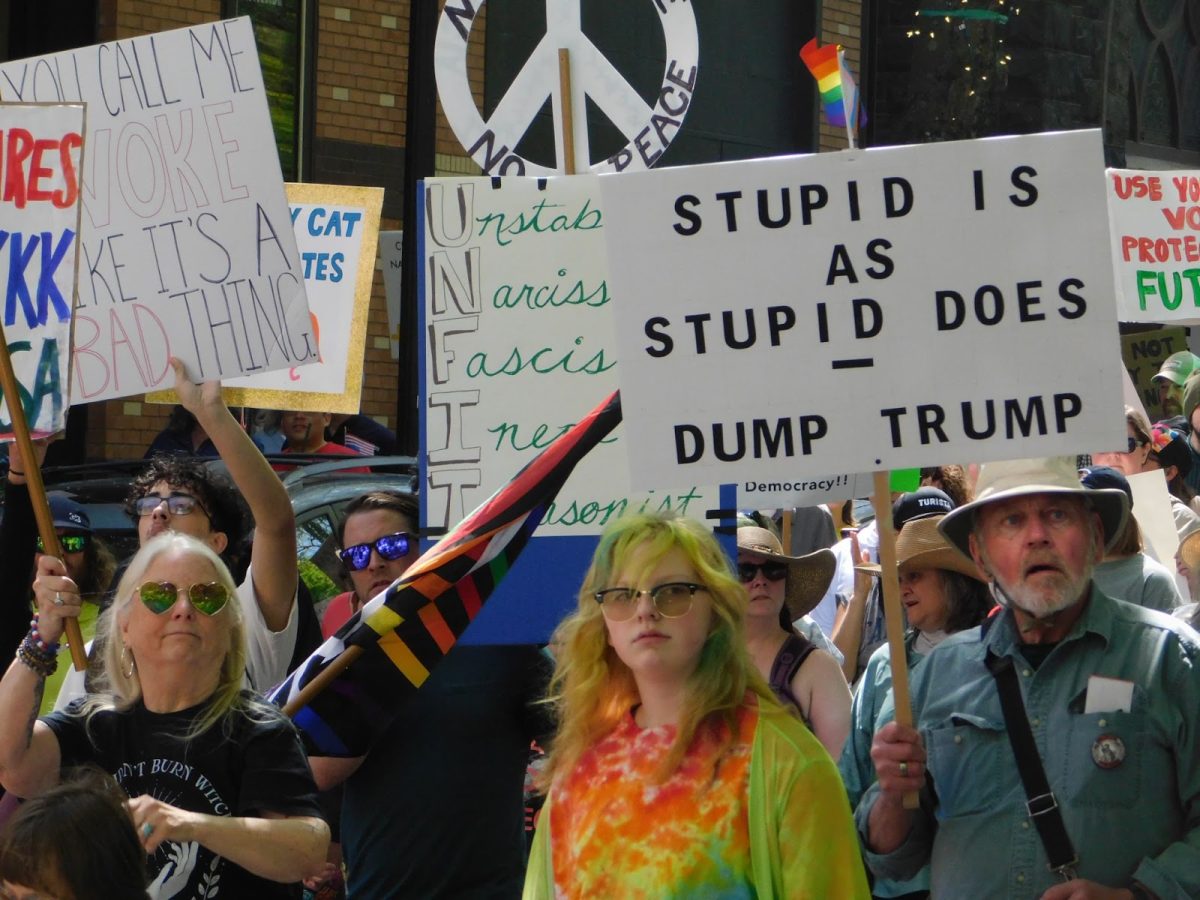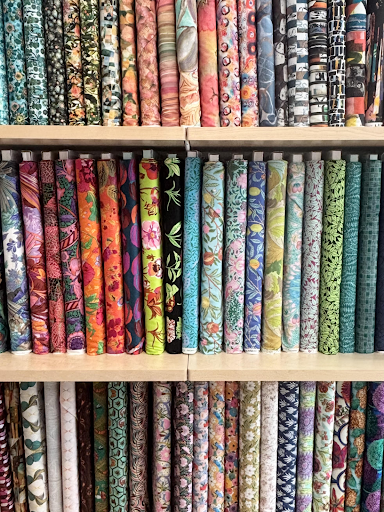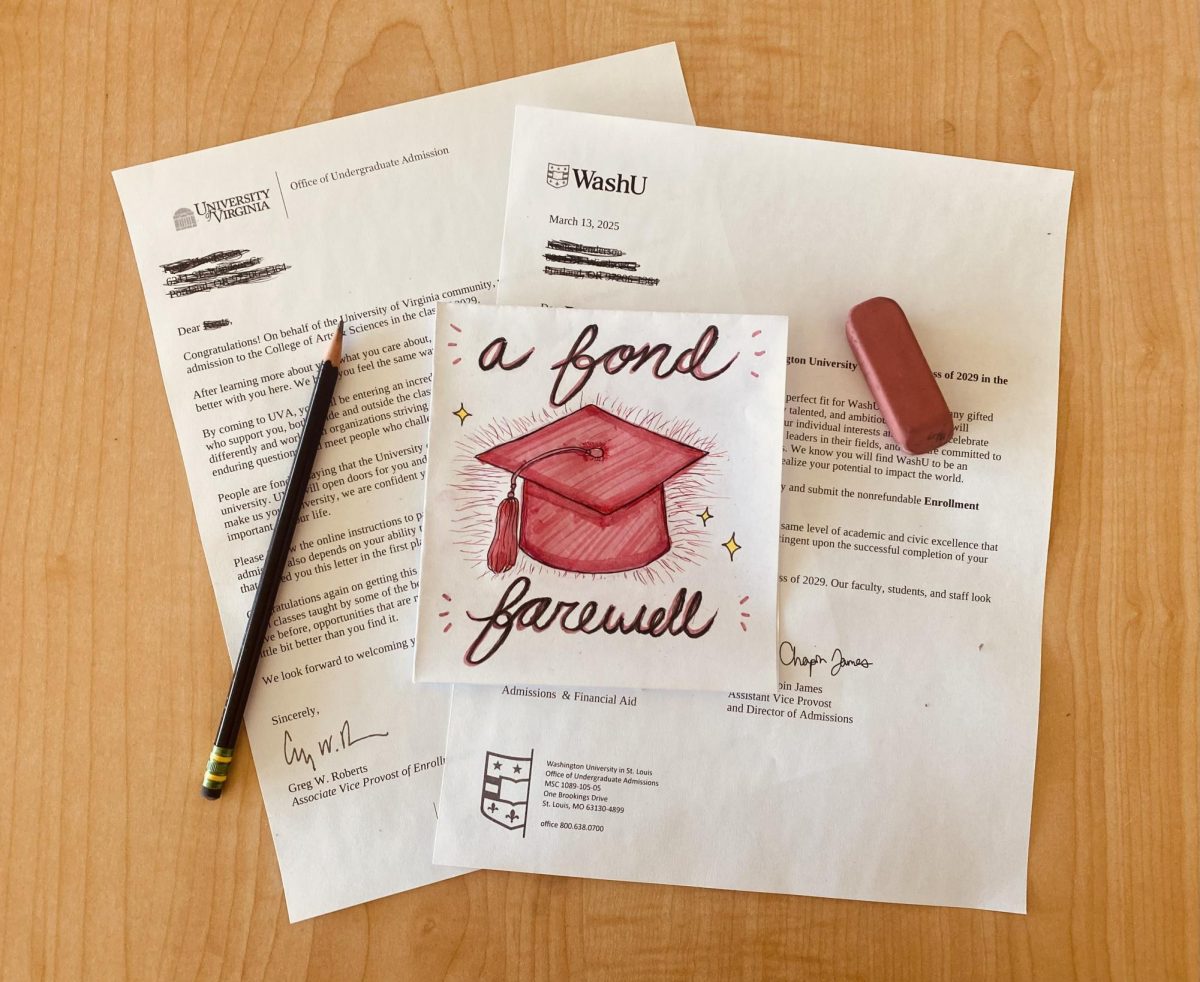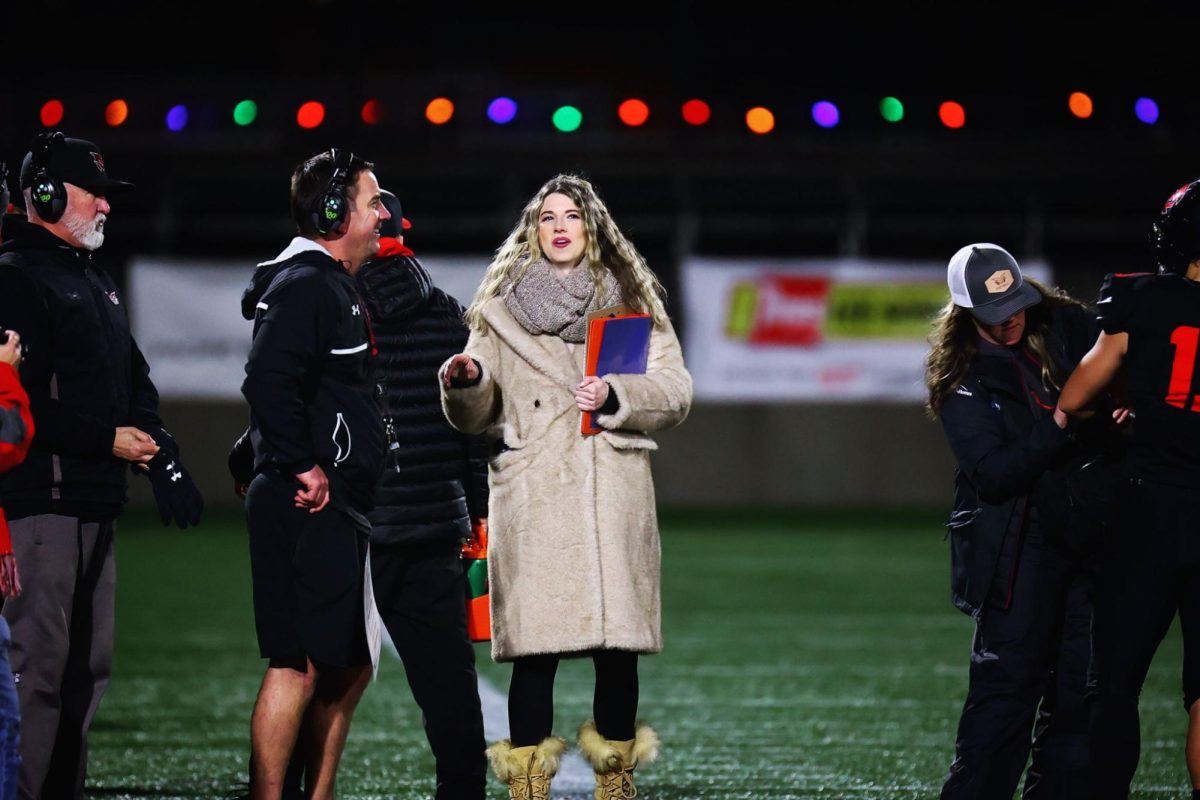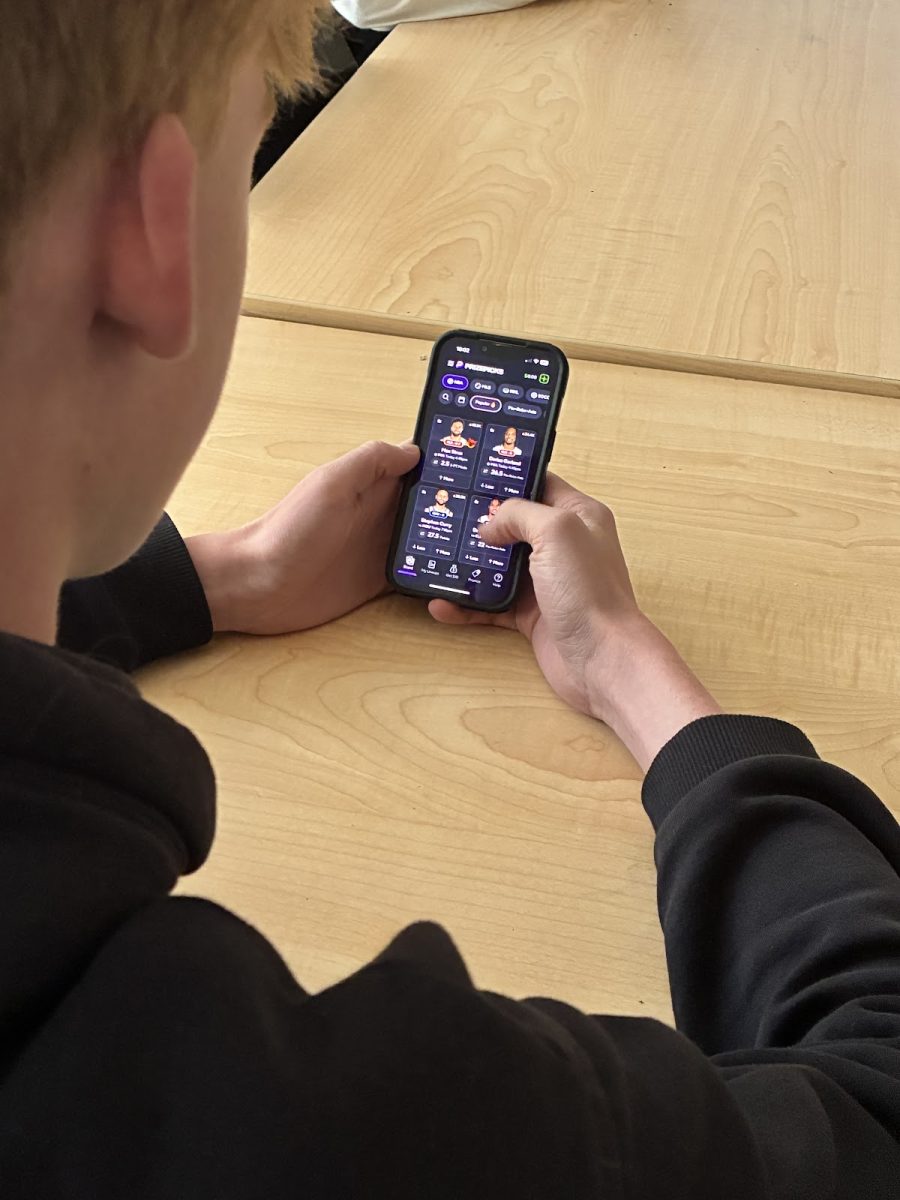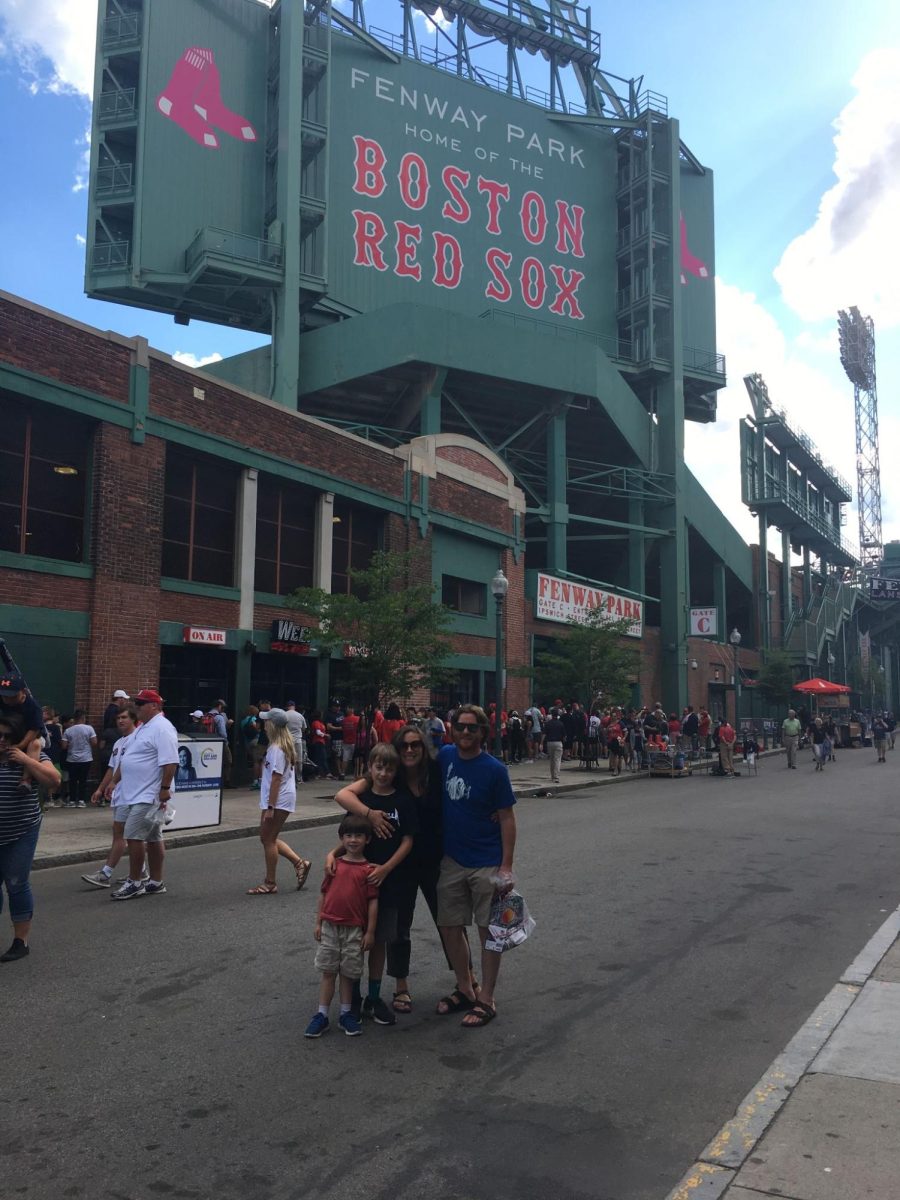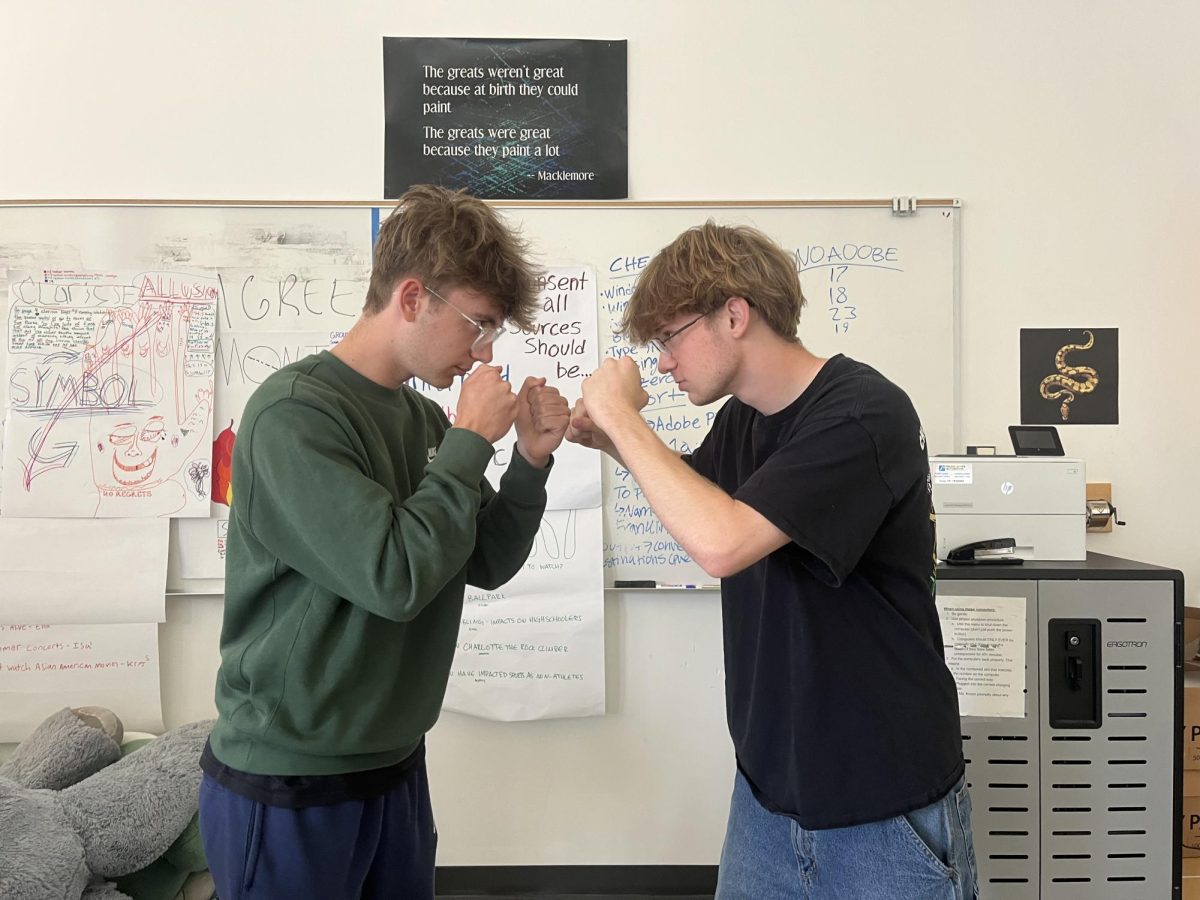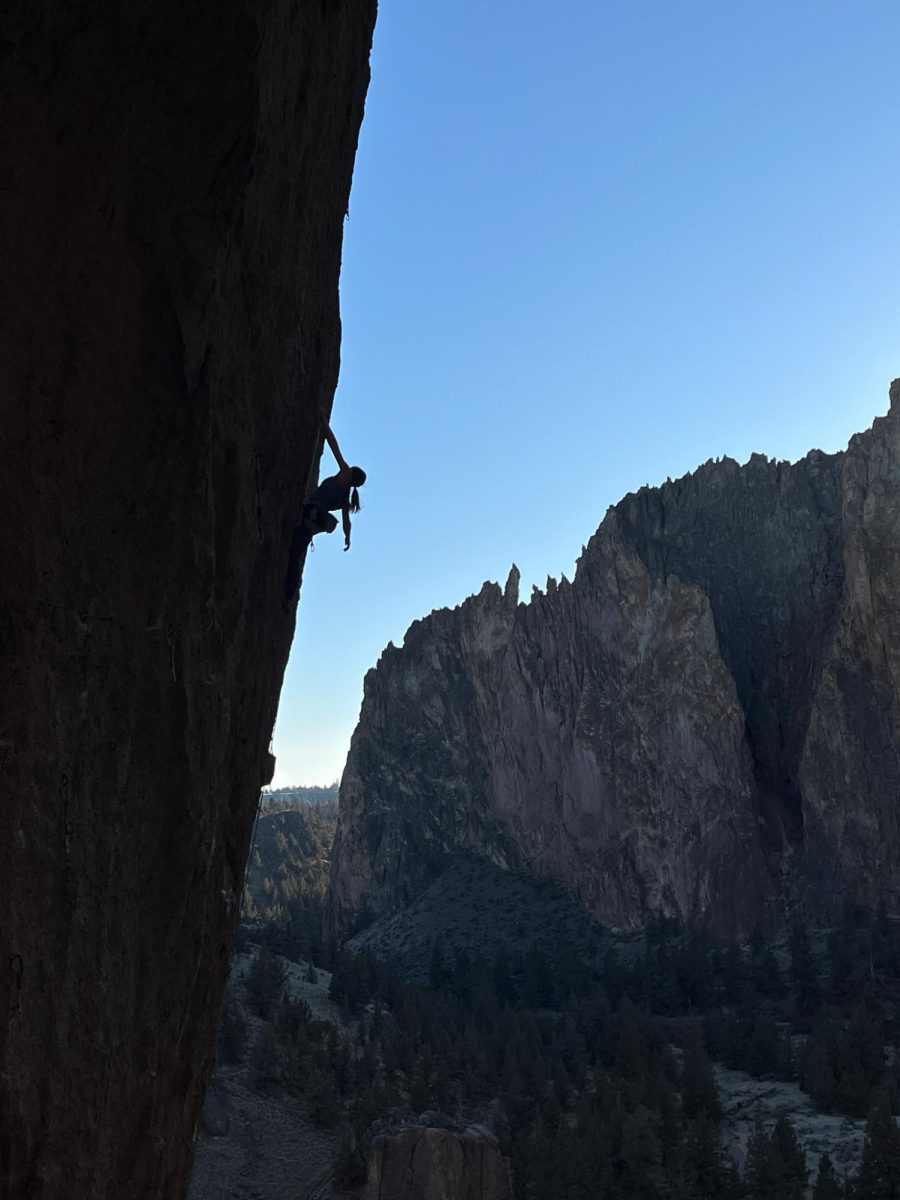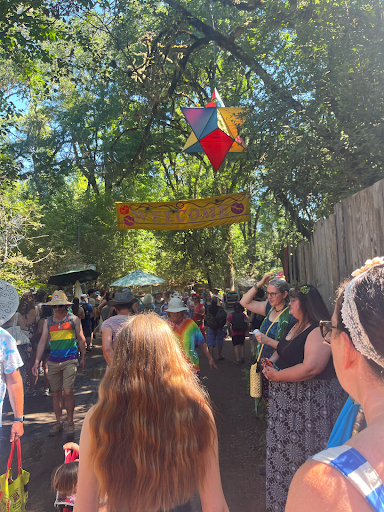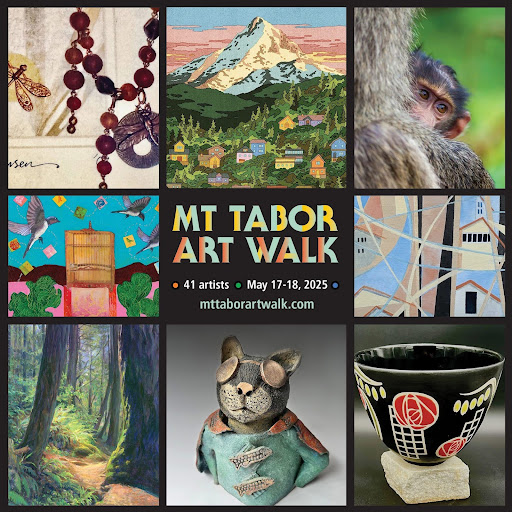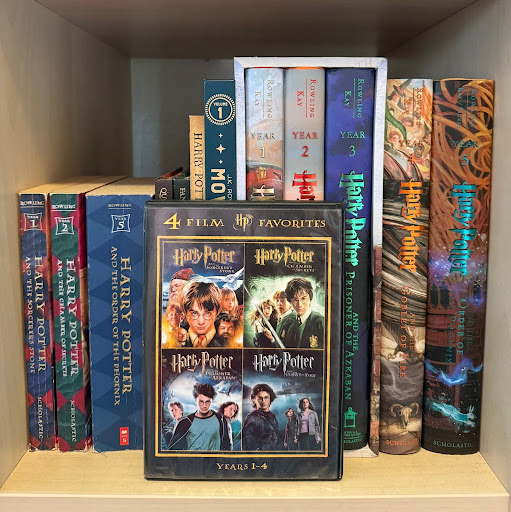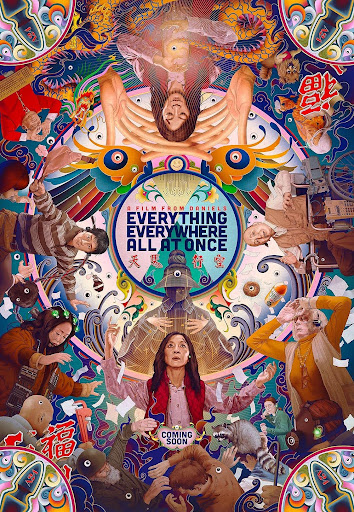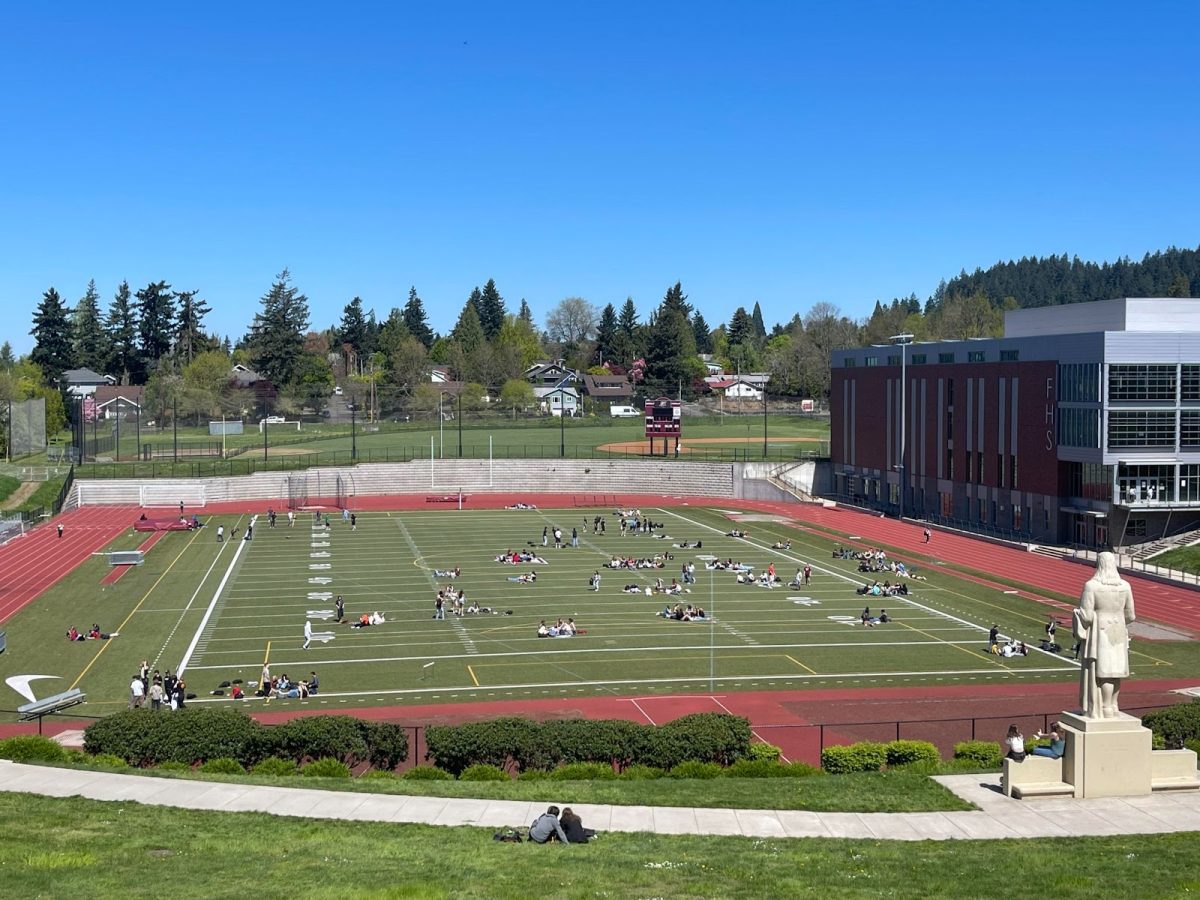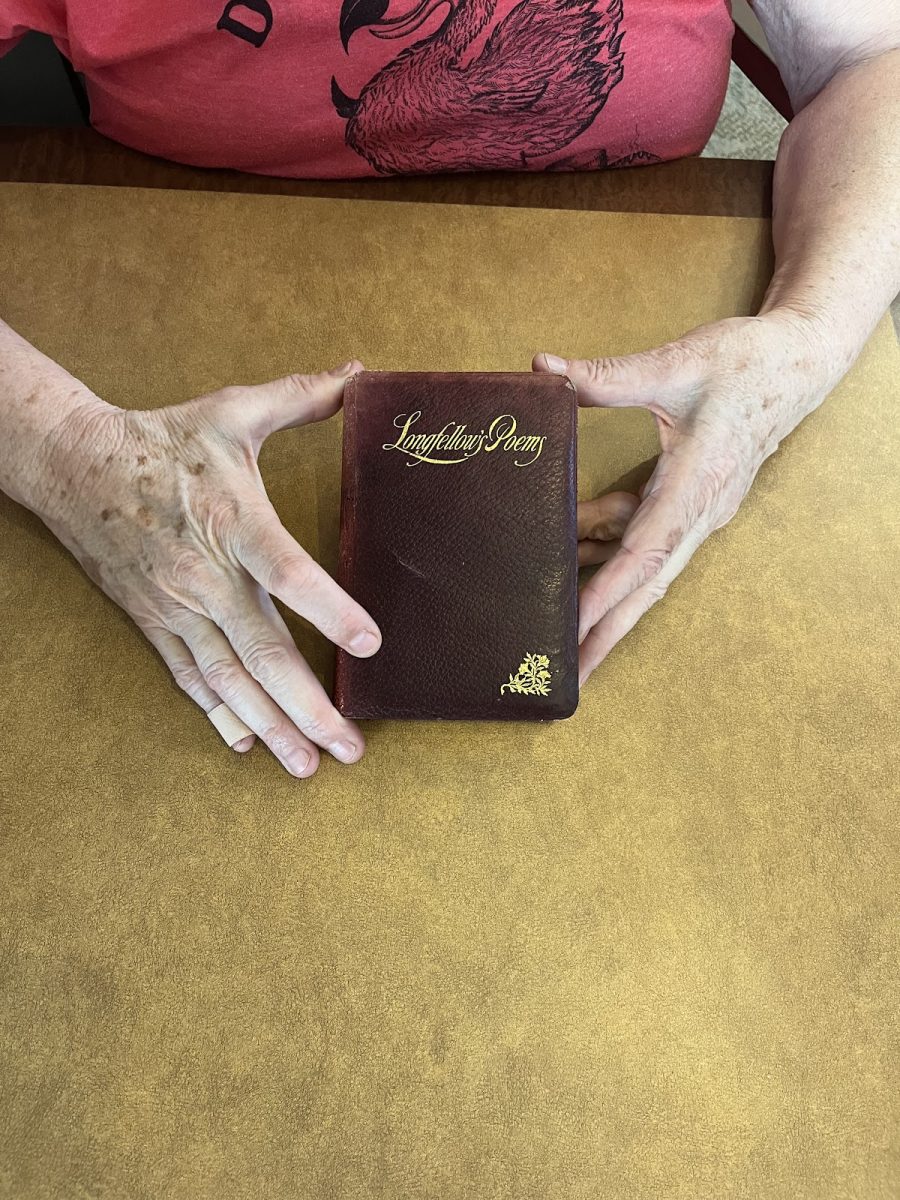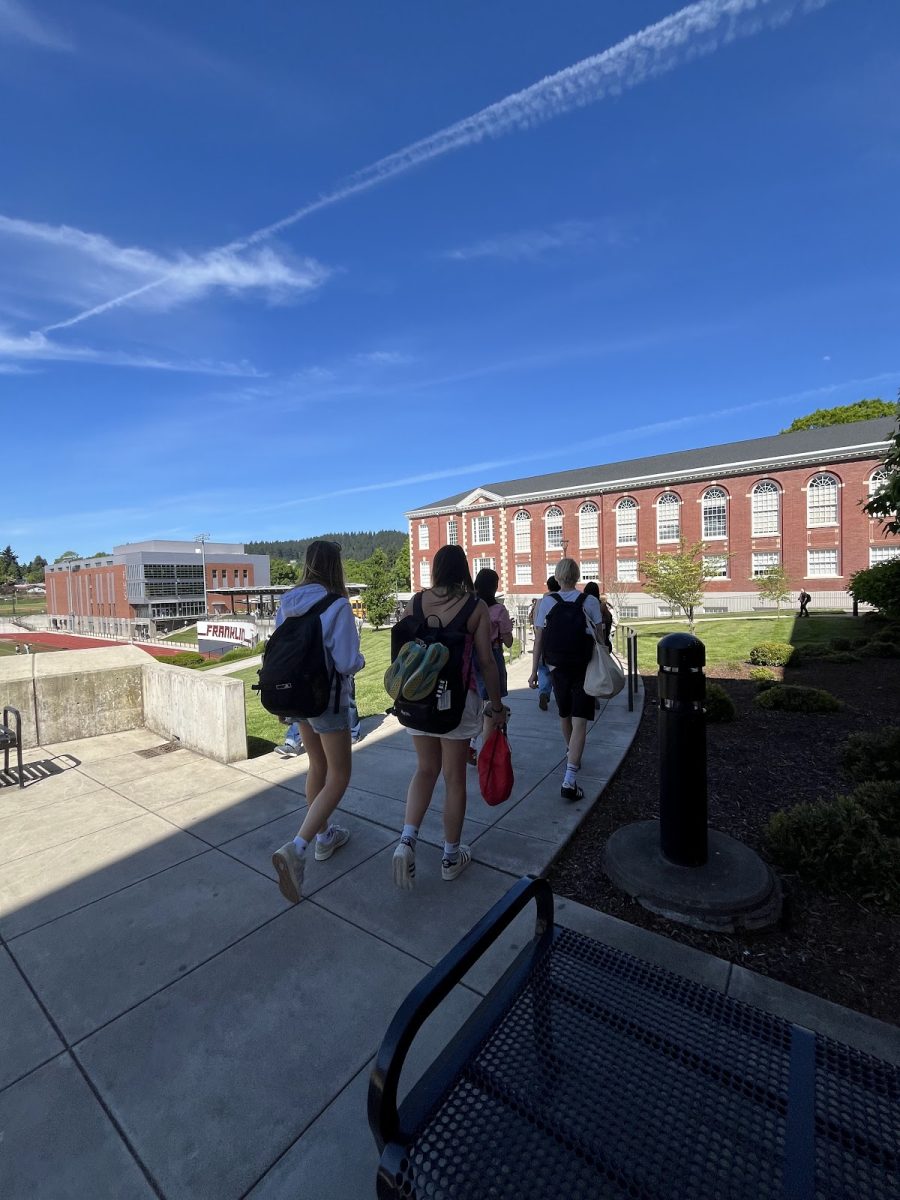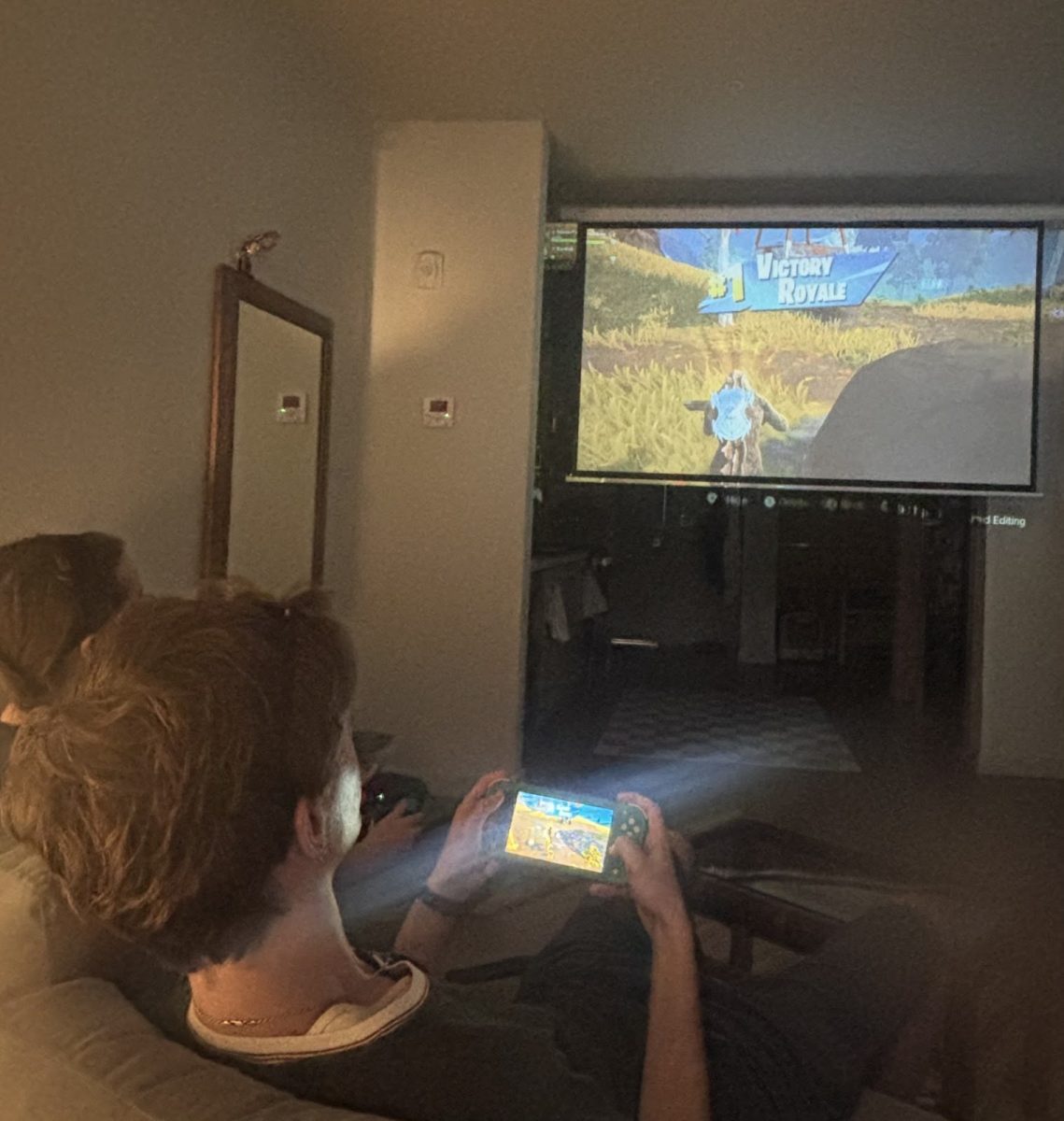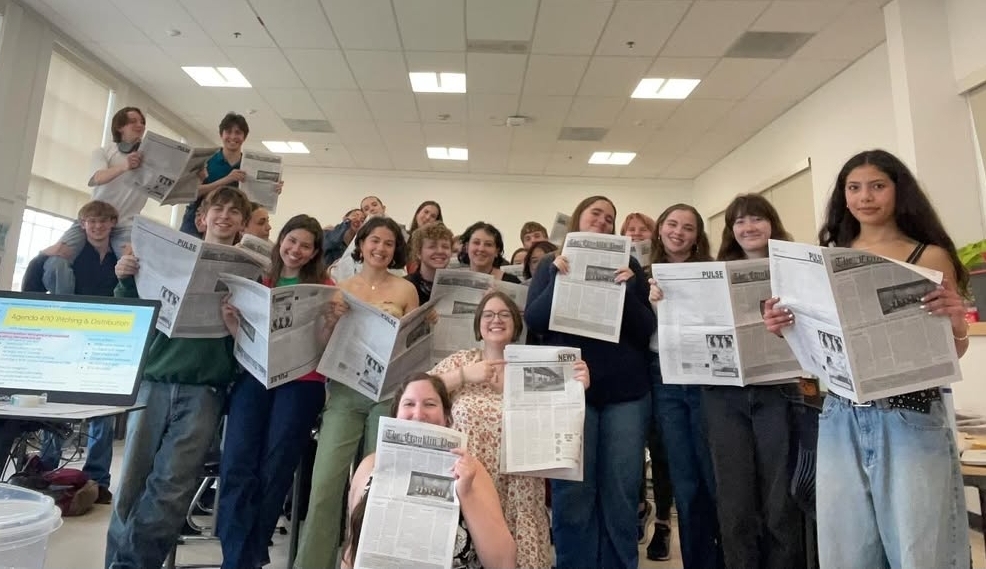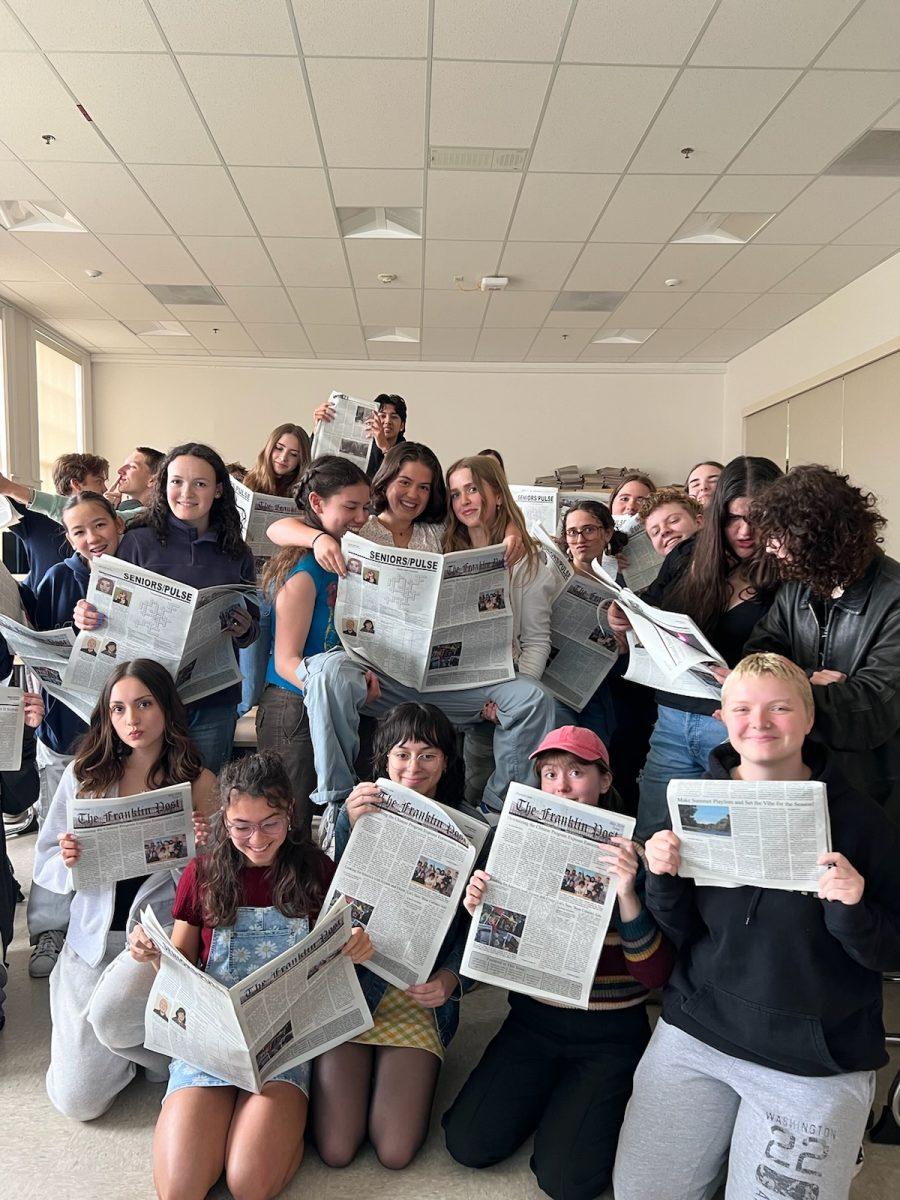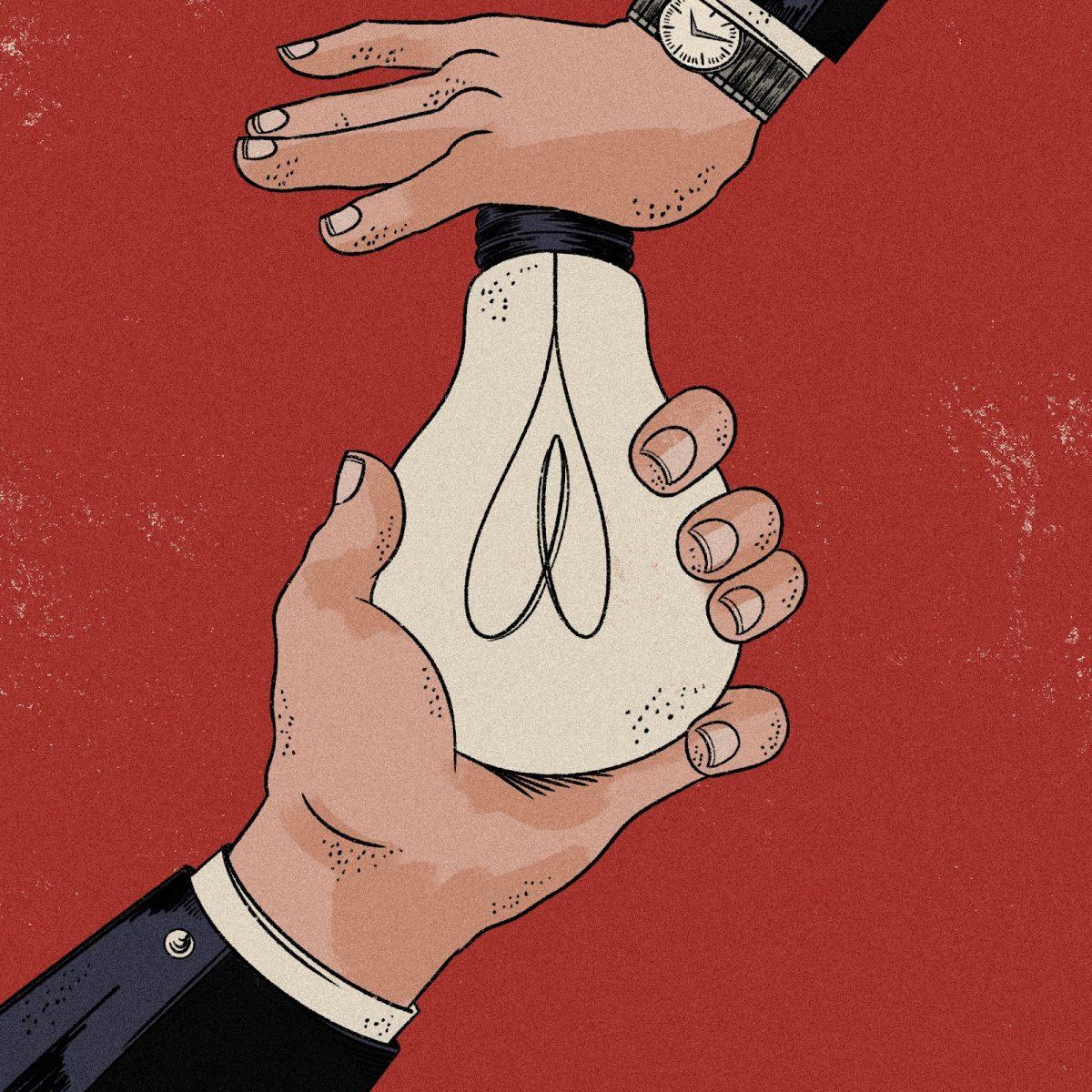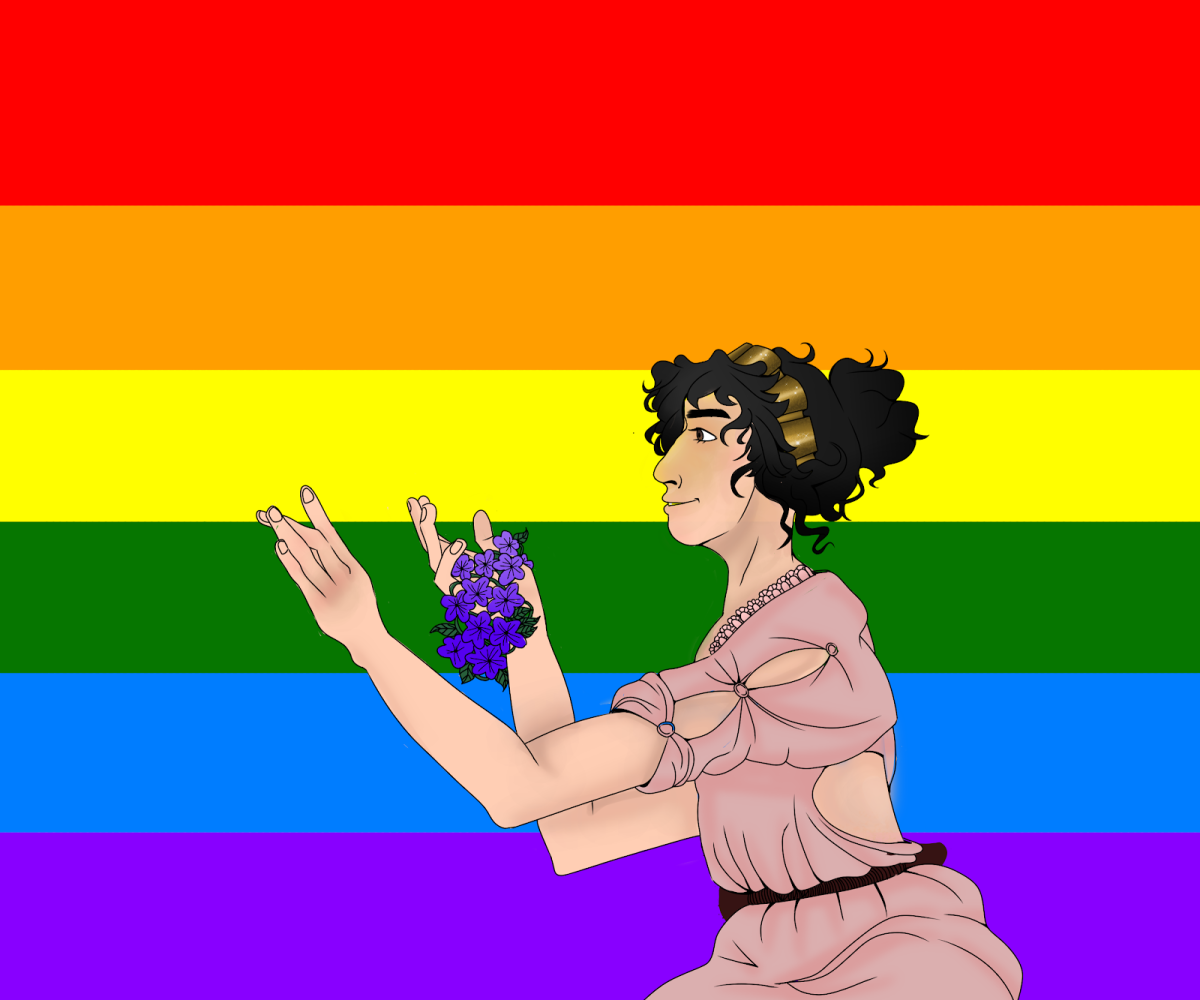Poetry: English teachers love it, most students hate it, but no matter your feelings about it, all sorts of people wrote it and continue to write it today. Some of those people happen to be lesbians. Now, this may not seem surprising in this day and age, where sexuality doesn’t really play a large role in many career opportunities. However, there was a time where this was not the case, believe it or not. Shocking, I know! In times when it was bad luck to be born a woman and gay people weren’t acknowledged, some poets managed to do both, and be successful on top of that.
Sappho of Lesbos, to the unfamiliar reader, might sound like a pseudonym used by a gay woman. However, we know which came first: the words “lesbian” and “sapphic” are undoubtedly derived from this famous Ancient Greek poet and her homeland. Sappho wrote poems about love, specifically her love for other women. Her poems were received long after her death with shock by most scholars, and some Catholic officials even burned her poems. They found the passion expressed towards women in her songs and poetry to be scandalous.
The fact that she wrote poetry so obviously about women shows that Sappho probably wasn’t trying to hide that part of herself. The thing is, being gay the way we think about it now is not the way it has always been. The label “gay” is a fairly modern concept. Despite that, and our knowledge that homophobic was the way to be for most of time, most people seem to think that Ancient Greece was infinitely more accepting of same-sex relationships than, say, nineteenth-century “modern” society. We don’t know a whole lot, given that time travel is still, sadly, off limits to most (okay, all) people on Earth. However, it may be safe to assume that it was okay to be gay back in the old (old, old, old) days, and the behavior of her society towards same-sex relationships might have enabled Sappho to write about her love for other women without fear of violent backlash.
Despite the acceptance of the Greeks towards same-sex relationships, the same acceptance was not mirrored in society after their downfall. Gertrude Stein was a famous poet who lived in Paris with her life partner, Alice B. Toklas, from 1903 to 1946. Stein’s relationship with her partner was not something that they hid, due to the relative acceptance of homosexuality in Paris compared to other European cities at the time. Despite that, they were never able to be married. “Their friends, who included writers like Hemingway and artists like Picasso, knew they were a couple, and saw them as spouses,” says Fanny Ortega, English teacher at Franklin High School. However, their relationship was not something that they were able to advertise. “No one outright declared they were gay because then that would force people to see them that way, and then they would become outcasts,” Ortega explains.
Stein may have had sexuality in common with Sappho, but their writing differed greatly. Stein wrote largely experimental poems, adventurous prose, with little dialogue and plot. She didn’t write about love, or really any one thing. When she lived in Paris, she was seen as “eccentric,” which may have been due to her style of dress and extensive art collection, as well as her relationship with another woman. As Ortega says, “people were just labeled as ‘eccentric’ and they lived their lives, and people chose to be naive about the reality of that person’s life and sexuality.” It’s possible that people who weren’t her close friends knew at some level that she was gay, but she wasn’t able to be open about it.
That was in Paris in the 1900s, where a fairly accepting environment towards gay people was normal. Emily Dickinson, on the other hand, lived in Massachusetts from 1830 to 1886, where the environment towards gay people was not quite the same.
Dickinson wrote about the universe, life and death, love… you know, the little things. The Poetry Foundation calls her “one of America’s greatest and most original poets of all time,” and her works are studied and read by students and poetry fans alike. Her relevance to the world of poetry remains strong to this day. There wasn’t anything obvious in her poems that would suggest it, but many people believe that Dickinson was, in fact, a lesbian.
And why might that be, you may ask? Well, how else would a nineteenth-century poet express her forbidden adoration for another woman than through love letters? Letters to your secret gay lover used to be all the rage! I think we should bring that back, personally.
Dickinson’s correspondence with her sister-in-law Susan Gilbert is thought by many to be very amorous. Of course, the context of the time needs to be taken into account when interpreting such letters; it is entirely possible that they were just close friends who exchanged frequent, intimate correspondence. Some Dickinson biographers think it’s possible that she may have had relationships with some men, but disagree about the nature of her relationships with those men and with Gilbert. Chances are, her identity was something more nuanced that did not have a chance to be labelled at the time. It’s not like she could have come out as gay, if she truly was so, and it’s hard to put labels on the dead. Nevertheless, Dickinson biographers believe that it’s possible that she was lesbian. Sadly, time travel still doesn’t exist, so I guess we’ll never know for sure.
